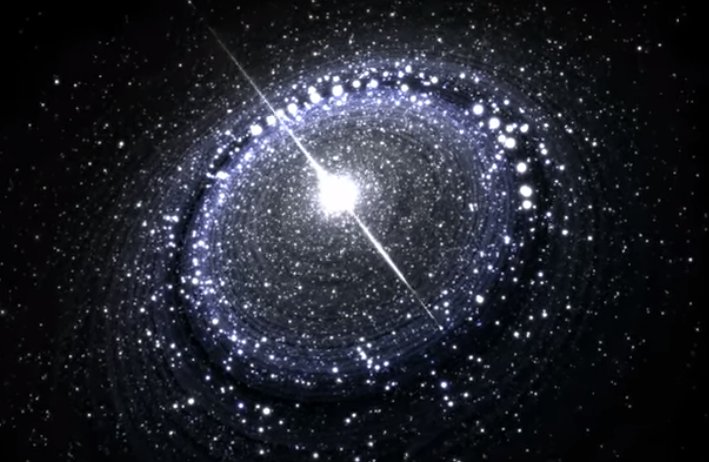MessageToEagle.com – Galaxies with a mass similar to the Milky Way should host several supermassive black holes, according to a new study published in the Astrophysical Journal Letters, researchers from Yale, the University of Washington, Institut d’Astrophysique de Paris, and University College London.
Typically, a supermassive black hole (SMBH) exists at the core of a massive galaxy. But sometimes SMBHs may “wander” throughout their host galaxy, remaining far from the center in regions such as the stellar halo, a nearly spherical area of stars and gas that surrounds the main section of the galaxy.
Astronomers theorize that this phenomenon often occurs as a result of mergers between galaxies in an expanding universe. A smaller galaxy will join with a larger, main galaxy, depositing its own, central SMBH onto a wide orbit within the new host.
In this study, researchers used a new, state-of-the-art cosmological simulation, Romulus, to predict the dynamics of SMBHs within galaxies with better accuracy than previous simulation programs.

Tremmel said that since wandering SMBHs are predicted to exist far from the centers of galaxies and outside of galactic disks, they are unlikely to accrete more gas — making them effectively invisible. “We are currently working to better quantify how we might be able to infer their presence indirectly,” Tremmel said.
MessageToEagle.com







